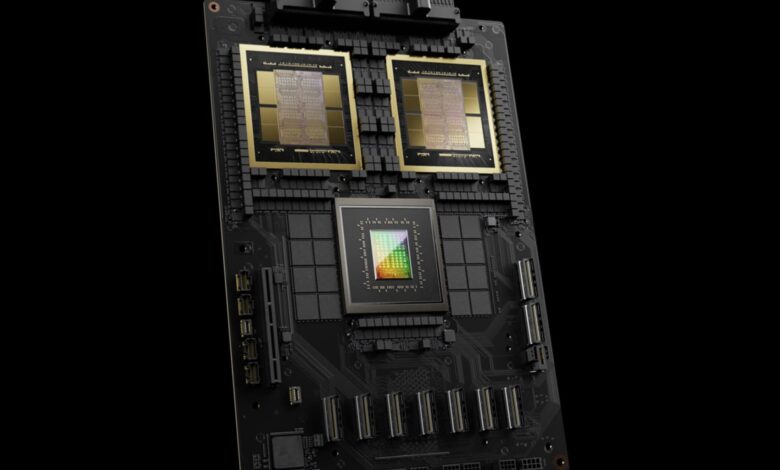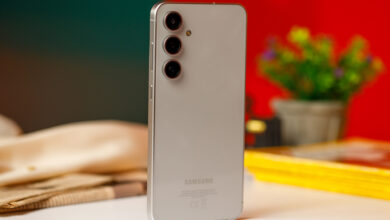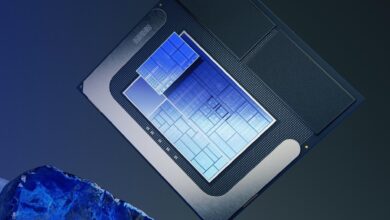Nvidia will produce 450,000 Blackwell artificial intelligence GPUs in the fourth quarter; Potential revenue of 10 billion dollars

Analysts at Morgan Stanley say that Nvidia will produce about 450,000 units of this artificial intelligence graphics processor despite the low efficiency of the Blackwell series chip production line caused by design problems. If this information is accurate and the green team can get hold of such a sale this year, it will earn more than 10 billion dollars.
The revenue of 10 billion dollars and the production of 450 thousand units of graphic chips seems very impressive. These figures show that Nvidia will sell Blackwell’s popular processors for around $22,000 per unit, which is significantly lower than the rumored $70,000 price tag. Although the actual price of datacenter hardware will depend on factors such as demand, it seems a bit strange to sell the first series of very high-end GPUs at lower prices than the H100.
Nvidia prefers to sell a reference AI server equipped with Blackwell processors instead of graphics chips; The NVL36 with 36 B200 graphics chips is expected to cost between $1.8 and $2 million, and the NVL72 with 72 B200 graphics chips is expected to be priced at $3 million. It is much more profitable to sell servers than GPUs or graphics chip modules, and earning 10 billion dollars from the sale of such devices is not far off.
Nvidia announced at the end of August (mid-September 1403) that it will forcefully change the photomask design of the B100/B200 graphics chip to improve production efficiency. The company also noted that the mentioned GPUs will enter the mass production phase in the fourth quarter and this process will continue until fiscal year 2026.
According to the report of SemiAnalysis, the mismatch between the coefficient of thermal expansion (CTE) of Blackwell chiplets and packaging materials has caused the failure of the production line of these products. Nvidia’s B100 and B200 GPUs are the first to use TSMC’s CoWoS-L packaging. The said technology connects the chiplets using LSI bridges integrated in the redistribution layer (RDL). The exact placement of these bridges is very important, but the mismatch of CTE between the chips, bridges, middle plate and substrate causes warping and system failure.
According to reports, Nvidia had to redesign the top metal layers of these chips to improve the performance of the Blackwell series, but did not provide many details. The company explained that no performance changes were made to Blackwell’s original chip, and that the changes focused only on improving efficiency.








